Theocharidis, V. et als.
Journal of Plastic, Reconstructive & Aesthetic Surgery, 2018-05-01, Volumen 71, Número 5, Páginas 624-636
 Smoking is considered to be a significant risk factor for the development of postoperative complications after various surgical procedures, mainly by limiting oxygen delivery to tissues. Evidence on the collective impact of smoking in aesthetic procedure outcomes is scarce. The aim of this study is to evaluate the current evidence on the association between smoking and postoperative outcomes in patients who underwent common elective procedures in plastic surgery.
Smoking is considered to be a significant risk factor for the development of postoperative complications after various surgical procedures, mainly by limiting oxygen delivery to tissues. Evidence on the collective impact of smoking in aesthetic procedure outcomes is scarce. The aim of this study is to evaluate the current evidence on the association between smoking and postoperative outcomes in patients who underwent common elective procedures in plastic surgery.
 Both thromboembolism and excessive bleeding following breast surgery could result in multiple surgical procedures, breast reconstruction failure, or even mortality. This systematic review and meta-analysis of 5617 female breast surgery patients compared pharmacological prophylaxis to nonpharmacological prophylaxis interventions during the pre-, intra-, and/or postoperative time points and evaluated associated outcomes and complications.
Both thromboembolism and excessive bleeding following breast surgery could result in multiple surgical procedures, breast reconstruction failure, or even mortality. This systematic review and meta-analysis of 5617 female breast surgery patients compared pharmacological prophylaxis to nonpharmacological prophylaxis interventions during the pre-, intra-, and/or postoperative time points and evaluated associated outcomes and complications.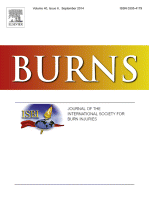 Major thermal injury induces profound metabolic derangements secondary to an inflammatory “stress-induced” hormonal environment. Several pharmacological interventions have been tested in an effort to halt the hypermetabolic response to severe burns. Insulin, insulin growth factor 1, insulin growth factor binding protein 3, metformin, human growth hormone, thyroid hormones, testosterone, oxandrolone, and propranolol, among others, have been proposed to have anabolic or anticatabolic effects.
Major thermal injury induces profound metabolic derangements secondary to an inflammatory “stress-induced” hormonal environment. Several pharmacological interventions have been tested in an effort to halt the hypermetabolic response to severe burns. Insulin, insulin growth factor 1, insulin growth factor binding protein 3, metformin, human growth hormone, thyroid hormones, testosterone, oxandrolone, and propranolol, among others, have been proposed to have anabolic or anticatabolic effects.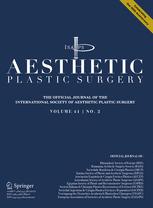 Breast implant-associated anaplastic large cell lymphoma (BIA-ALCL) is an uncommon T-cell, CD-30+/ALK lymphoma. Late (9 years) periprosthetic fluid (seroma) is the most common presentation (90% of the cases). A combination of textured breast implant, bacterial contamination, and genetic predisposition seems to be necessary for BIA-ALCL to occur. There are 35 million patients with implants in the world, and at the present moment, 573 cases of BIA-ALCL have been reported.
Breast implant-associated anaplastic large cell lymphoma (BIA-ALCL) is an uncommon T-cell, CD-30+/ALK lymphoma. Late (9 years) periprosthetic fluid (seroma) is the most common presentation (90% of the cases). A combination of textured breast implant, bacterial contamination, and genetic predisposition seems to be necessary for BIA-ALCL to occur. There are 35 million patients with implants in the world, and at the present moment, 573 cases of BIA-ALCL have been reported.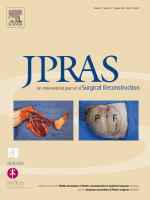 Dunedin is a small city located in the southeastern part of the South Island of New Zealand, an enclave found in the Southern Hemisphere halfway around the World. How possibly would anyone consider such a remote place to be the birthplace of modern plastic surgery? Yet here was born both Sir Harold Delf Gillies, the “father of modern plastic surgery.”
Dunedin is a small city located in the southeastern part of the South Island of New Zealand, an enclave found in the Southern Hemisphere halfway around the World. How possibly would anyone consider such a remote place to be the birthplace of modern plastic surgery? Yet here was born both Sir Harold Delf Gillies, the “father of modern plastic surgery.”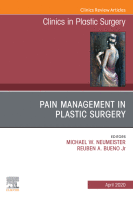
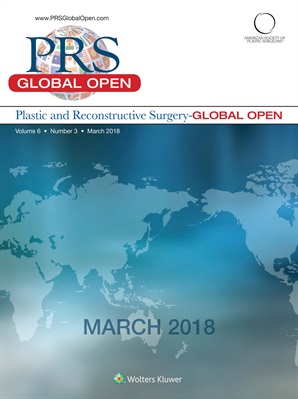






 Sitio web publicado el
Sitio web publicado el
Los lectores comentan